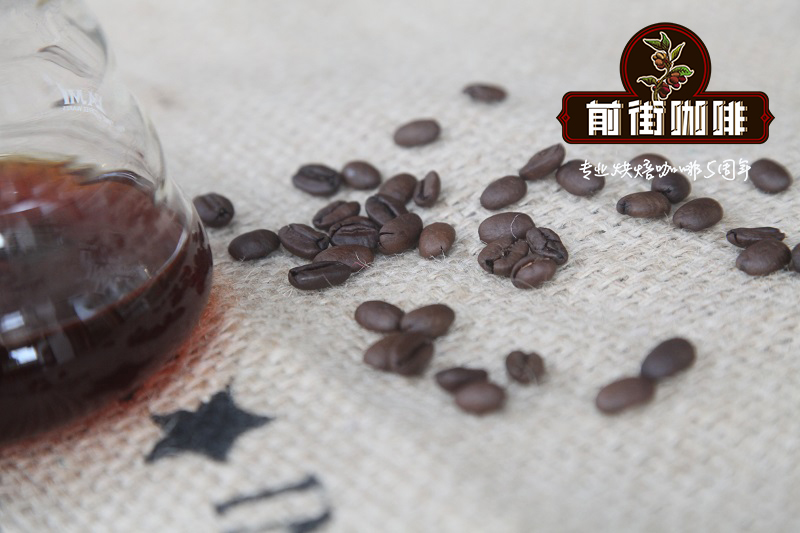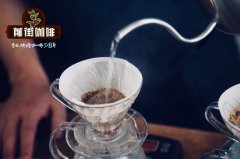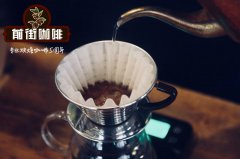Panamanian Mountain Manor Coy Farm-Rose summer or geisha which manor tastes good?
Panamanian Mountain Manor Coy Farm-Rose summer or geisha which manor tastes good?
Professional coffee knowledge exchange more coffee bean information please follow the coffee workshop (Wechat official account cafe_style)

This Columbia hopes that the geisha of the manor will be sold, and then we will invite you to taste the flavor of the geisha of the manor in the mountains of Panama!
-Panamanian Manor Coy Farm Geisha-
(Panama Kotowa Kooi Geisha Washed)
Place of production: eastern side of the Pokuit Mountains
Variety: geisha
Processing plant: mountain manor
Altitude: 1700 m
Baking degree: shallow baking
Flavor description: Nanyang fruit, flower scent, citrus
[introduction to Kooi Manor]
Kooi Manor is a well-known boutique coffee farm in Panama, taking good care of every production process, paying attention to the ecological environment and abiding by the standard of sustainable coffee production.
In addition to wildlife conservation, water reuse and pest management, nearly 60% of the farm is covered with native trees, coffee trees are grown in shade, certified by the Rainforest Alliance, and recognized by Panama and the Fine Coffee Association of America.
December to March is the dry season in Panama, and it is also the season when coffee cherries are harvested. Farmers only pick bright red fruits, while the unripe ones will not be harvested until the next harvest. After being transported to the treatment plant, the process from removing the exocarp and pulp to the sticky layer on the endocarp is in line with the standard of environmental protection, and the residue such as pericarp is used as organic fertilizer, rather than arbitrarily disposed of to affect the ecology.
After dried and mechanically air-dried coffee beans with endocarp on the outer layer, the beans were packed in sacks and cultured for 60 days. In the process, we continue to randomly sample to check what went wrong in the whole production process, and carefully avoid mixing defective beans with good beans. After the end of the culture period, they are graded according to size and weight, and then sold to Europe, the United States and Japan.
Important Notice :
前街咖啡 FrontStreet Coffee has moved to new addredd:
FrontStreet Coffee Address: 315,Donghua East Road,GuangZhou
Tel:020 38364473
- Prev

Is it good to grow sun beans in summer at Duncan Duncan Manor in Panama?
Is it good to grow sun beans in summer at Duncan Duncan Manor in Panama? Professional coffee knowledge exchange more coffee bean information Please follow the coffee workshop (Wechat official account cafe_style) for a long time underestimated or even ignored Panamanian coffee, until the annual international cup test competition "Best Coffee in Panama" Best of Panama and Panamanian Emerald Manor (Ha) held in recent years
- Next

Is the coffee good for Apollo, the sun god in the Balu volcanic region of Panama? Flavor and planting
Is the coffee good for Apollo, the sun god in the Balu volcanic region of Panama? For more information about coffee beans, please follow the coffee workshop (Wechat official account cafe_style) Coffee originated in Panama in 1780 and was introduced into the first batch of Typica tree species by Europeans. After that, this mysterious and strange drink conquered the Panamanian senses, the local people.
Related
- Detailed explanation of Jadeite planting Land in Panamanian Jadeite Manor introduction to the grading system of Jadeite competitive bidding, Red bid, Green bid and Rose Summer
- Story of Coffee planting in Brenka region of Costa Rica Stonehenge Manor anaerobic heavy honey treatment of flavor mouth
- What's on the barrel of Blue Mountain Coffee beans?
- Can American coffee also pull flowers? How to use hot American style to pull out a good-looking pattern?
- Can you make a cold extract with coffee beans? What is the right proportion for cold-extracted coffee formula?
- Indonesian PWN Gold Mandrine Coffee Origin Features Flavor How to Chong? Mandolin coffee is American.
- A brief introduction to the flavor characteristics of Brazilian yellow bourbon coffee beans
- What is the effect of different water quality on the flavor of cold-extracted coffee? What kind of water is best for brewing coffee?
- Why do you think of Rose Summer whenever you mention Panamanian coffee?
- Introduction to the characteristics of authentic blue mountain coffee bean producing areas? What is the CIB Coffee Authority in Jamaica?

